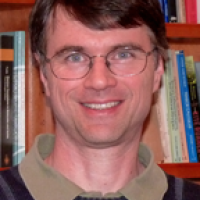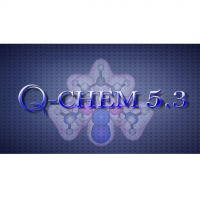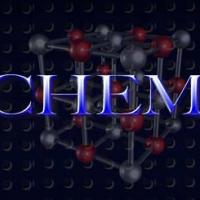Q-Chem Webinar 26
A Preview of Q-Chem 5.0

Martin Head-Gordon is the Kenneth S. Pitzer Distinguished Professor of Chemistry at the University of California at Berkeley and the Scientific Advisor to Q-Chem, Inc. Dr. Head-Gordon's research group centers on the development of new electronic structure theory methods, and their implementation as efficient computer algorithms. He is recognized with many awards, such as the Medal of the International Academy of Quantum Molecular Sciences (1998) and his election to the American Academy of Arts and Sciences (2011) and the American Chemical Society Fellow (2012).
Abstract
Q-Chem is a high performance electronic structure program package. Founded in 1993, Q-Chem is completing its 5th major release for shipping in May. This webinar will cover some of the new features, with particular emphasis on those that are not available in Gaussian 16!
A partial list of these features follow:
- Quantum chemistry’s broadest range of density functionals. We will discuss some of the key omissions from Gaussian 16 – such as no van der Waals density functionals, as well as the latest additions to Q-Chem. Over 200 functionals!
- New parallel capabilities. The new occ-RI-K method significantly speeds up hybrid DFT calculations of the energy and gradient in large basis sets. OpenMP parallel DFT frequency is available. Improved parallel RI-MP2 and coupled cluster gradients.
- All-new effective core potential library. Vital for heavy elements, it provides higher angular momentum capabilities for energies, analytical gradients and analytical frequencies. Also improved precision and support for OpenMP parallel evaluation.
- New solvation and QM/MM capabilities. The CMIRS solvation method is available. New capabilities to model solvation effects on excited states and NMR are included.
- New energy decomposition analysis (EDA) methods. The DFT-based second generation ALMO-EDA with stable basis set limits is implemented, and its single bond extension is available. The adiabatic EDA and MP2 ALMO-EDA are included.
- New anharmonic methods. The uncoupled mode model is available for more accurate anharmonic thermochemistry than harmonic analysis. A new anharmonic vibrations module is included for accurate spectroscopic prediction.
- New electron correlation methods. For strongly correlated molecules, unique new methods, include NOCI-MP2, spin-flip extensions, CCVB for open shells, CCVB-SD energies and gradients for closed shells. Traditional CASSCF is now available.
- General improvements. Greatly expanded basis set library. New visualization capabilities in IQmol front end.


![[molecule] Teaching with Q-Chem](/sites/default/files/styles/slick_square_medium/public/2021-09/ImageOption11.png?itok=3uJgqQV4)


